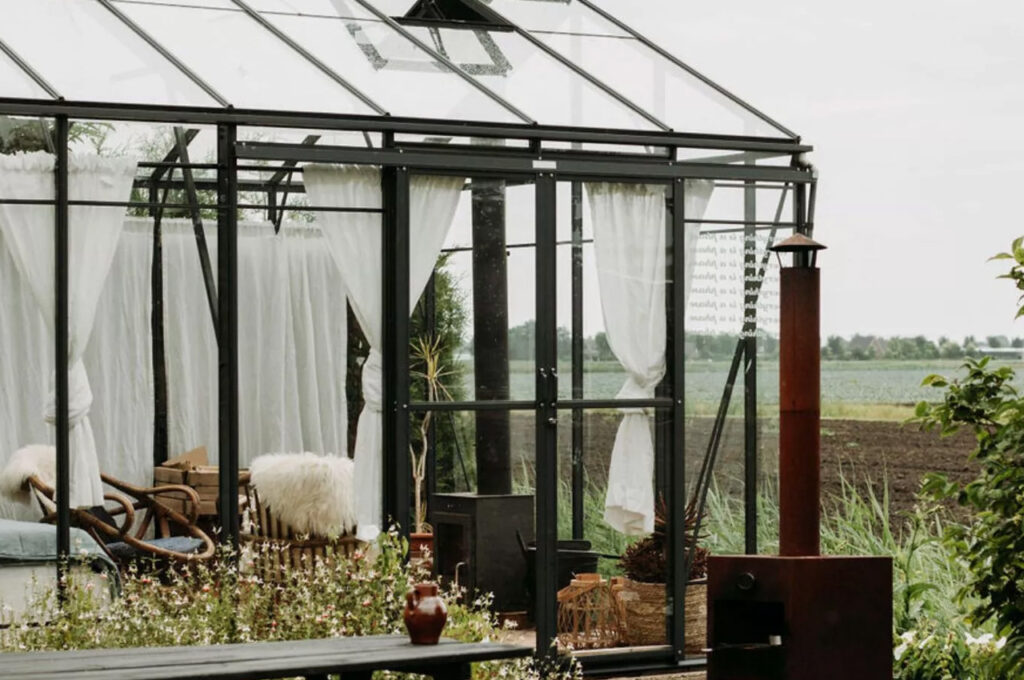
Designer: Marielle and Tobias of Familie Buitenhuys
In recent years, factors like global warming, pollution, and depletion of natural resources have had a negative impact on our planet. Hence, it is important to adopt a sustainable lifestyle and create an eco-friendly home sensitive to the environment. Adopt these simple changes that can help revive the ecosystem and reduce the home’s carbon footprint. An eco-friendly house is highly functional and comfortable to use. Additionally, there is a major switch from waste-producing to environmentally friendly products.
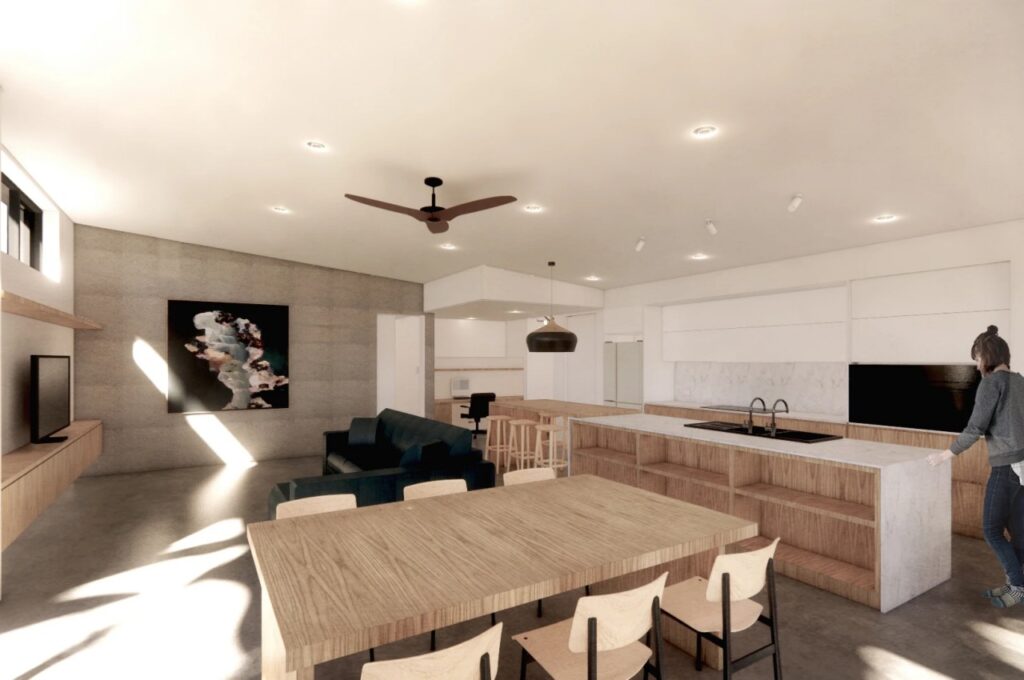
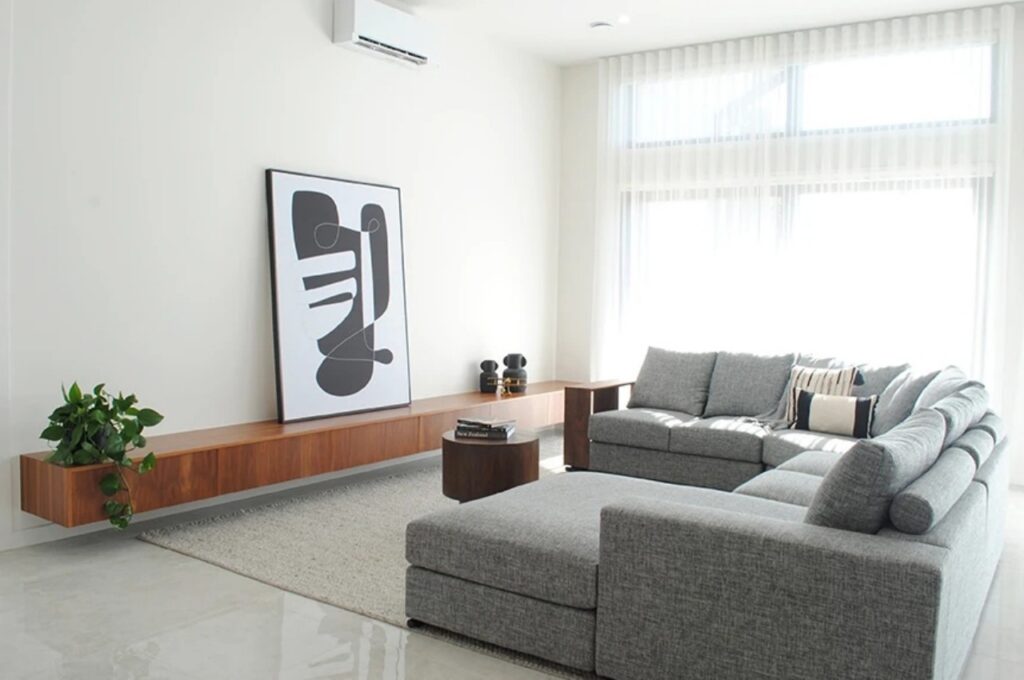
1. Bring in Natural Light and Cross-Ventilate
An eco-friendly home should be strategically oriented in a direction to take maximum advantage of the sun and the wind. For instance, there should be adequate window openings that allow good cross ventilation and replace the indoor hot air with a cool breeze. Avoid west-facing homes, as they tend to absorb too much heat.
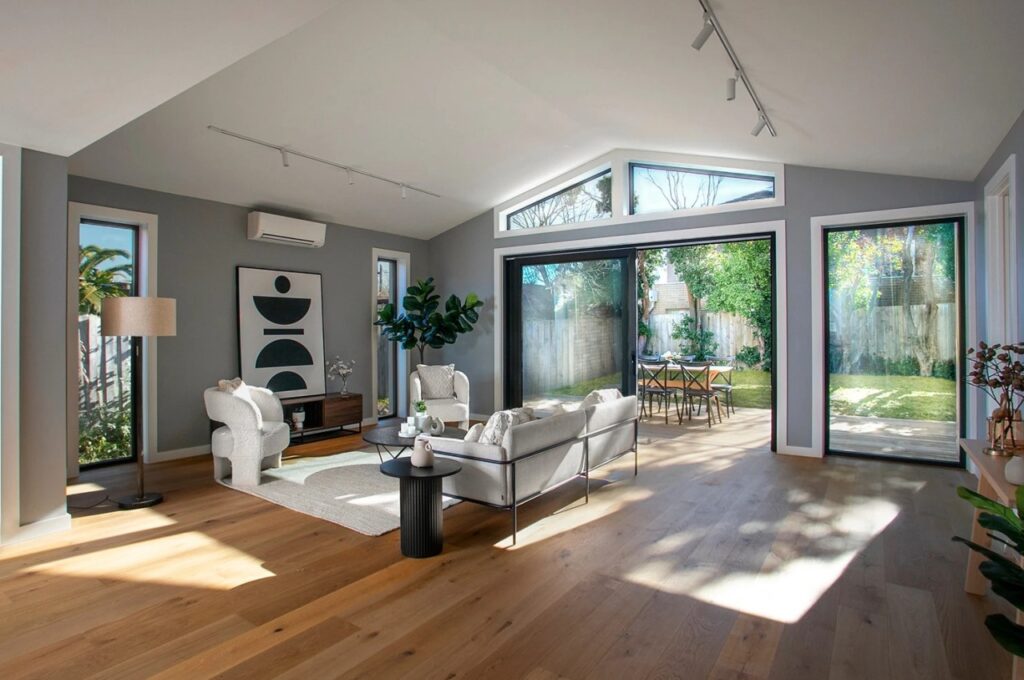
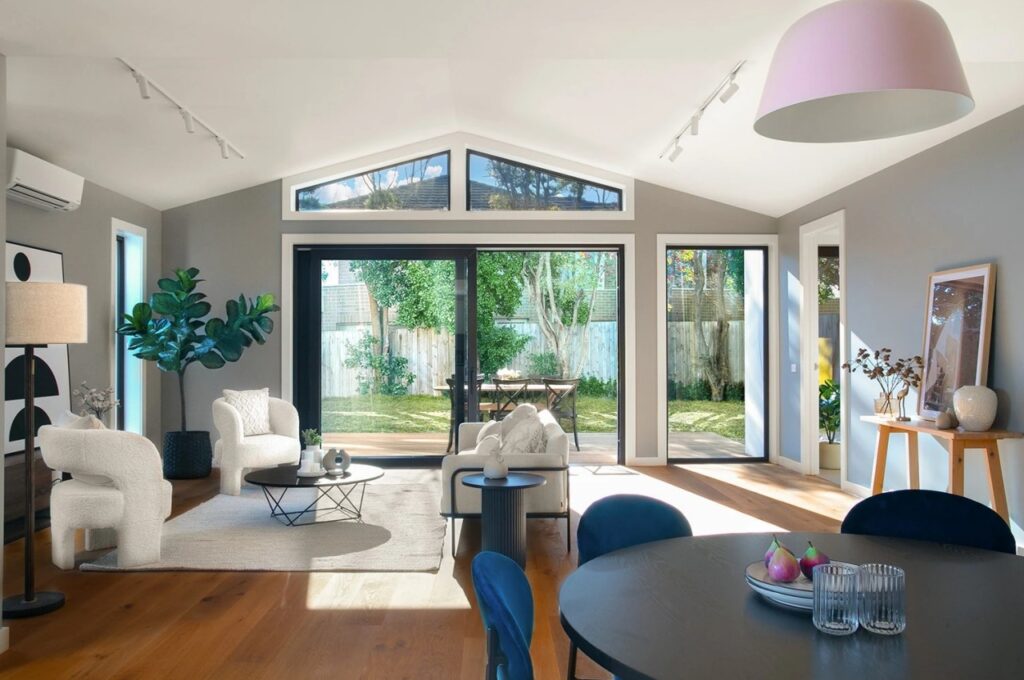
Designer: Gruen Architecture
2. Passive Cooling
Passive cooling is the technique of naturally cooling the house for a comfortable indoor environment. During the construction of a new house, some features like external shading of the buildings with roof overhangs and shady plants prevent indoor heat gain. Additional cooling can be achieved with insulated cavity walls or reflective building materials, while water features like a pool, fountain, or waterfall can cool the outdoor air by evaporating water. Consider a light-colored or white roof, also known as cool roof, as it keeps the roof and interiors cool by reflecting the sun’s rays. Plant a green roof in urban areas to keep the roof cool and reduce the heat-island effect.
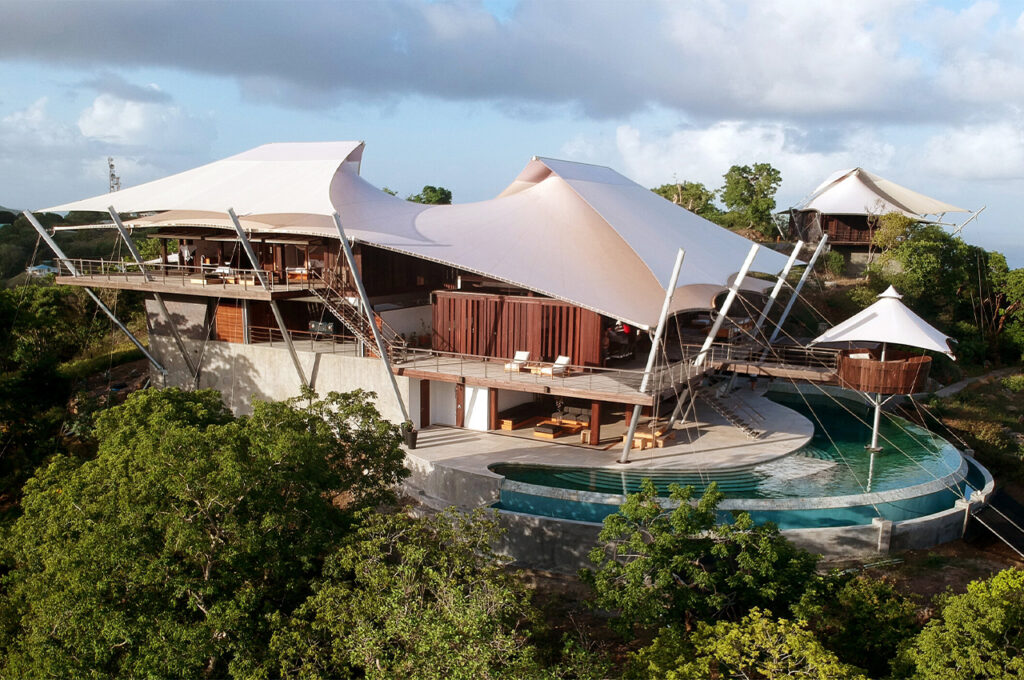
Designer: David Hertz Architects
3. Prevent Indoor Heat Loss
Air can make entry through cracks between the doors and windows and the walls and through the air ducts. Therefore, it is essential to weatherproof the house with caulking, sealing, and weather stripping to prevent leakage, if any. Introduce double-glazed windows in low-E glass as it limits heat transfer through insulated frames. Also, install curtains and blinds as thick curtains keep the room darker and cooler as it is a great way to cut down heat transfer between the indoors and the outdoors.
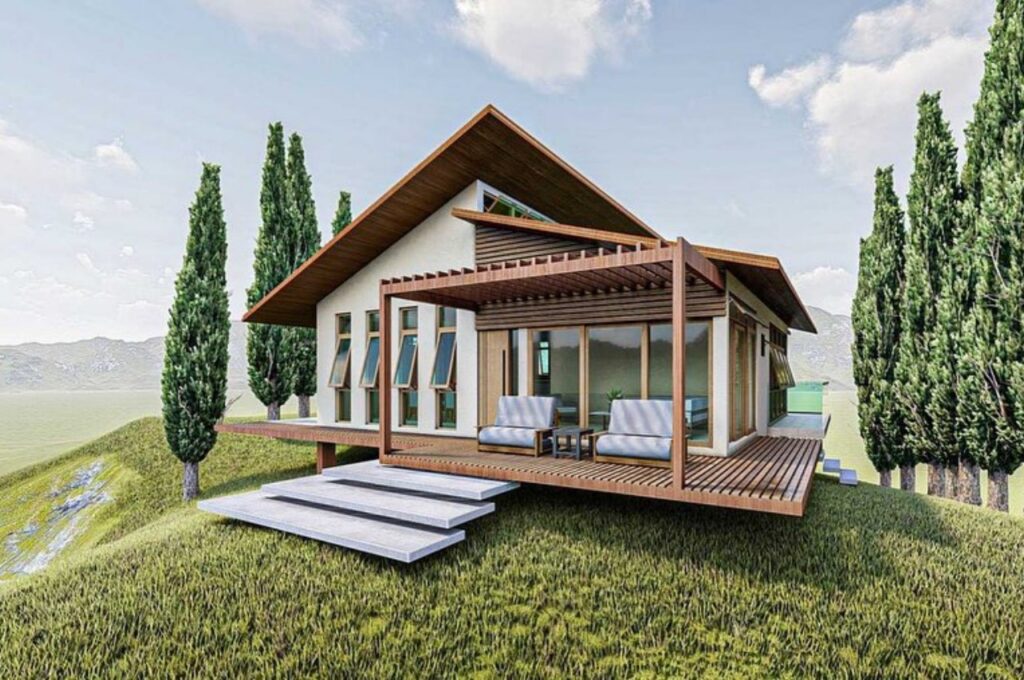
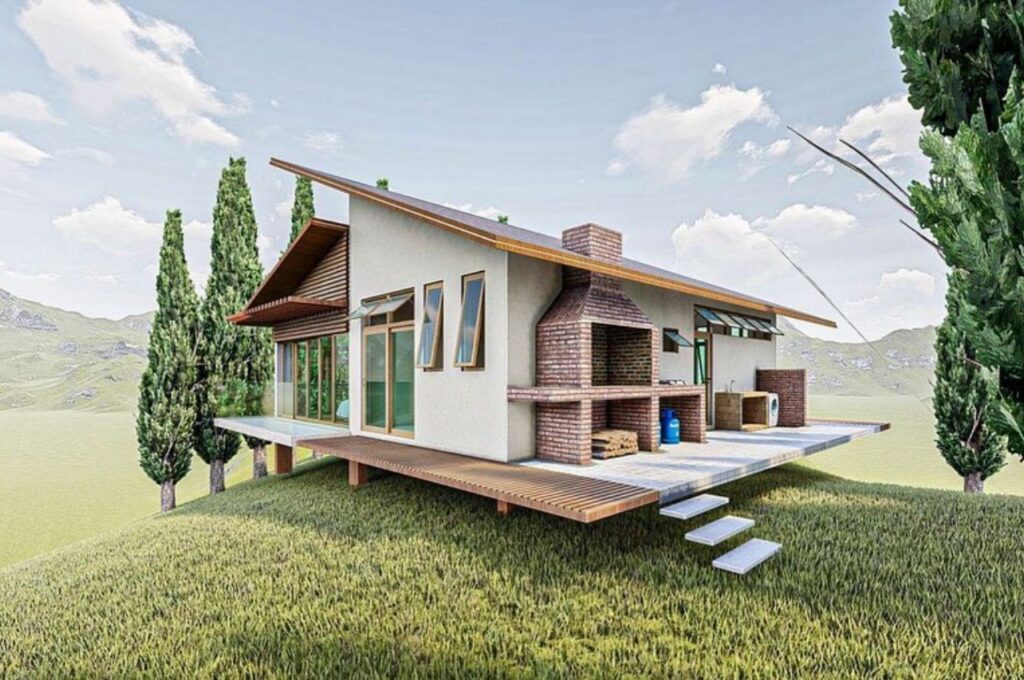
Designer: Jerricho Joya
4. Use Solar Panels
The sun is the mega powerhouse of green energy that harnesses the natural power of the sun to create electricity. Install solar panels on the rooftop or outdoors where there is plenty of sunshine as they absorb light from the sun and convert it into electricity. The installation of solar panels is costly, but it can help in saving electricity costs in the long run.
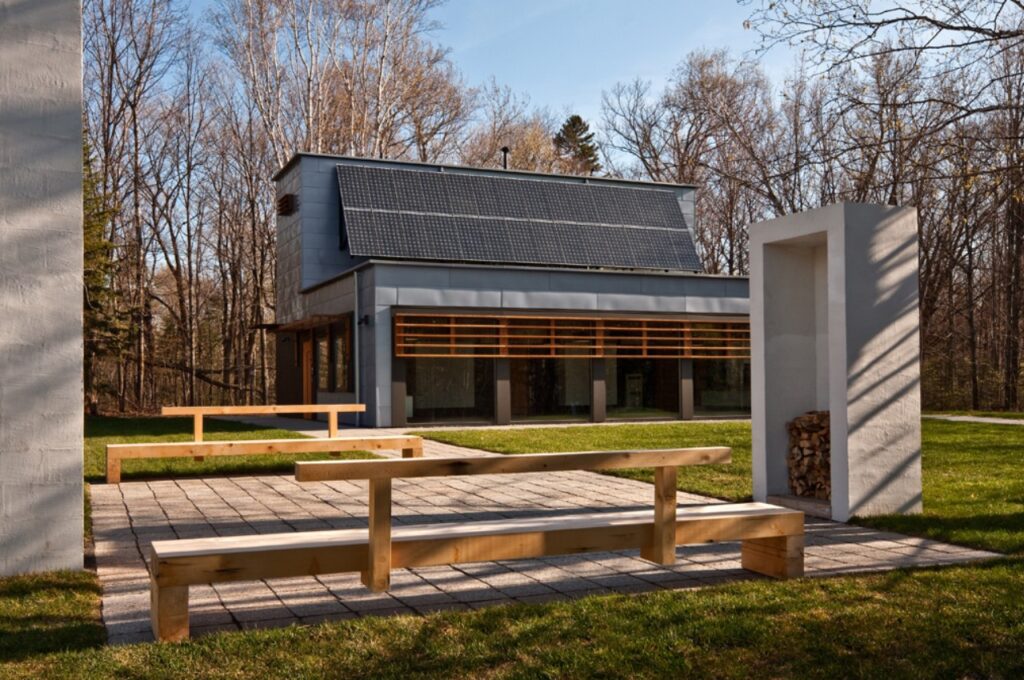

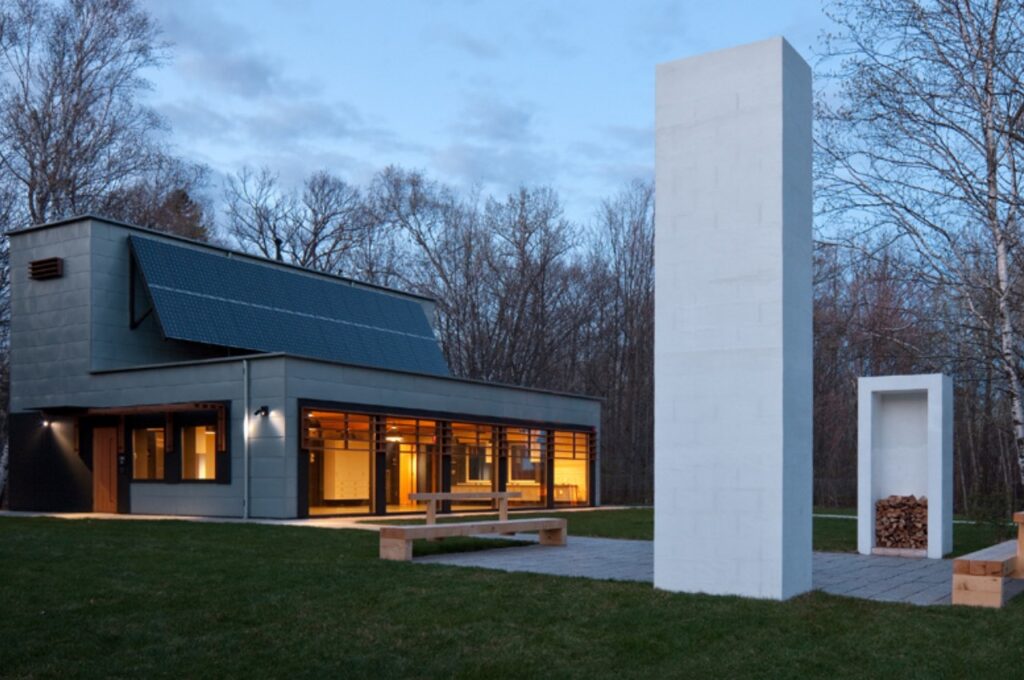
Designer: Salmela Architect
5. Rainwater Harvesting
Rainwater harvesting is a method of saving and storing rainwater and using it for irrigation, cleaning, or gardening. An outdoor rainwater harvesting pit allows the rainwater to replenish the groundwater. One can install rainwater barrels to collect water from the rooftop and go for permeable pavers in the driveway so that the rainwater percolates into the underground water table. For example, in larger homes, one can convert lawns into catchment areas to store the rainwater through slopes and gutters.
6. Go for Organic Materials
Be mindful while purchasing new home furnishing or fabrics for your home. Consider bed linen, carpets, towels, etc., made of natural plant or animal fibers like cotton, linen, and wool instead of synthetic fabrics like nylon and polyester.

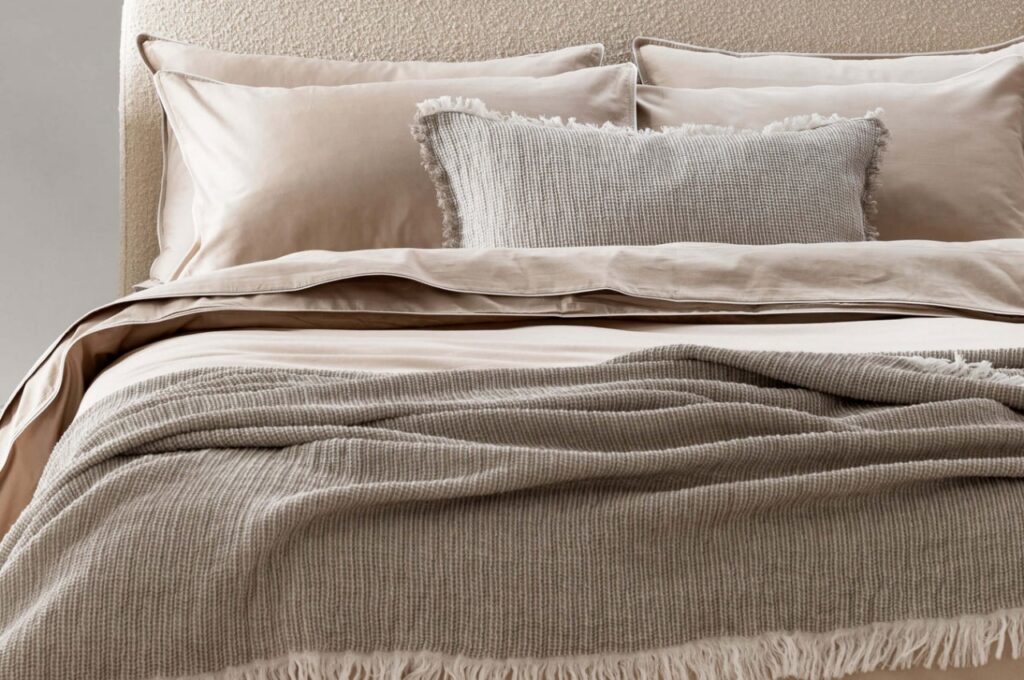
Designer: L & M Home
7. Create your Compost
Composting is a natural way of recycling where organic kitchen waste like vegetable and fruit peels, eggshells, food leftovers, and paper decompose and transform into chemical-free natural fertilizers for the garden. The best part about this valuable mineral-rich fertilizer is that it not only reduces landfill waste but also improves the soil quality by restoring nutrients, air, and moisture and reduces the emission of methane gas. Therefore, investing in a composter as per the available space is advisable.
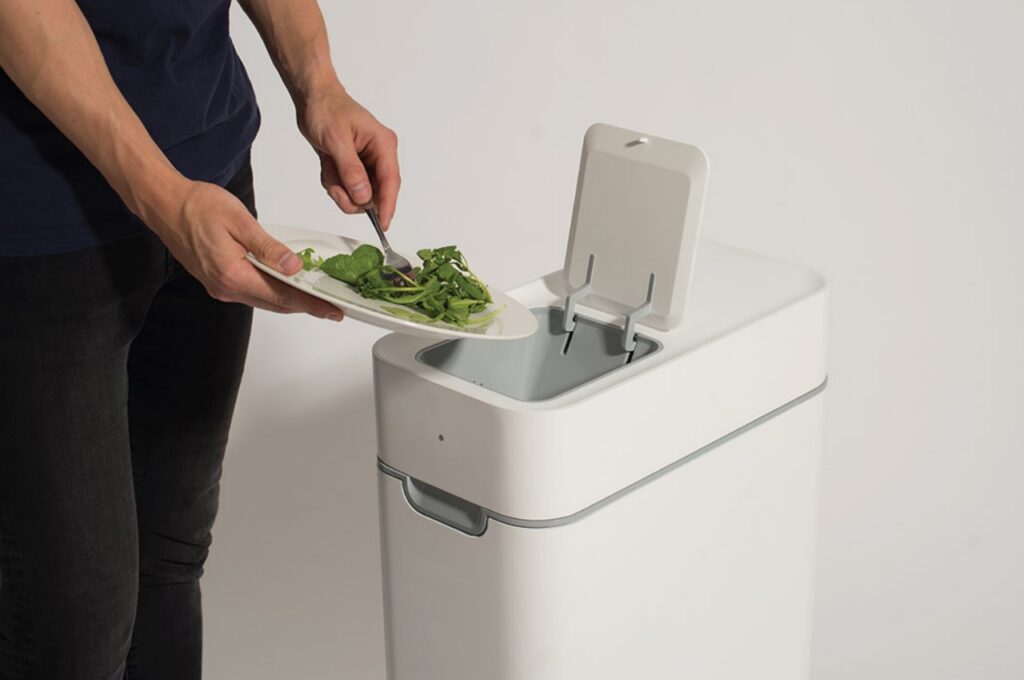
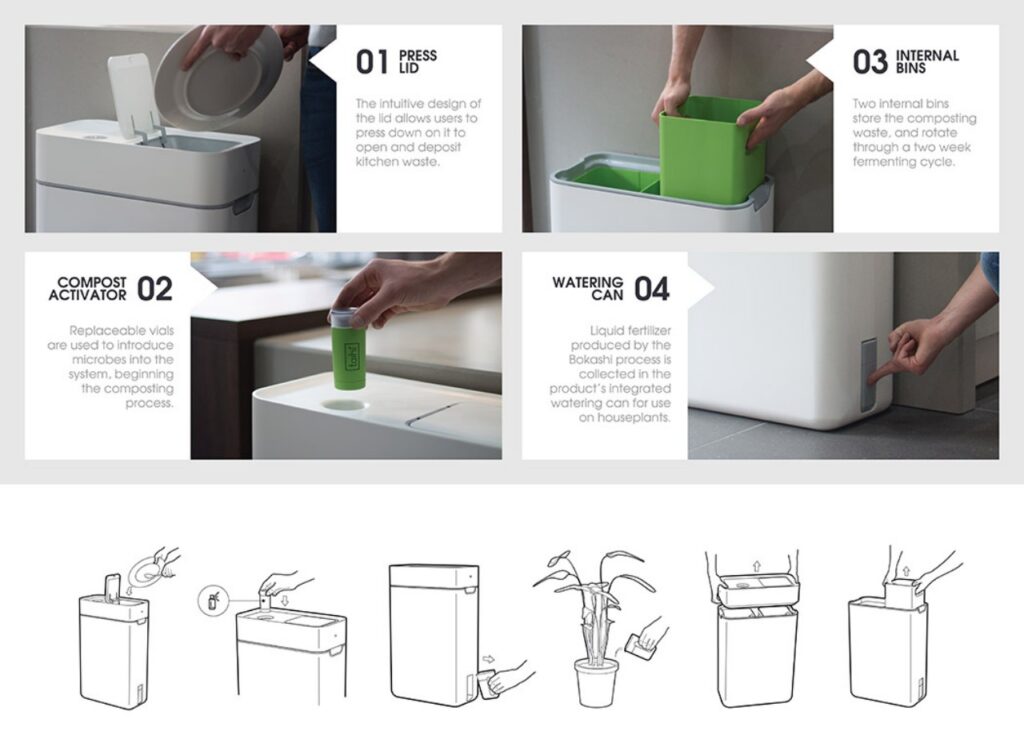
Designer: Ben Cullis Watson
8. Reduce, Reuse & Recycle
Reducing, reusing, and recycling form the foundation of an eco-friendly home. Make it a point to reduce the purchase of new products, especially if they are not environmentally friendly, reuse and repurpose old things, and go for recycled materials like aluminum, glass, and reclaimed wood for the interiors. Consider natural materials like bamboo, cork, and linoleum and sustainably certified materials like recycled rubber roofing, carpets from recycled plastic bottles, and composite decking from wood waste, to name a few. Avoid paper kitchen rolls and use cloth-based mops that are reusable after cleaning and sun-drying.
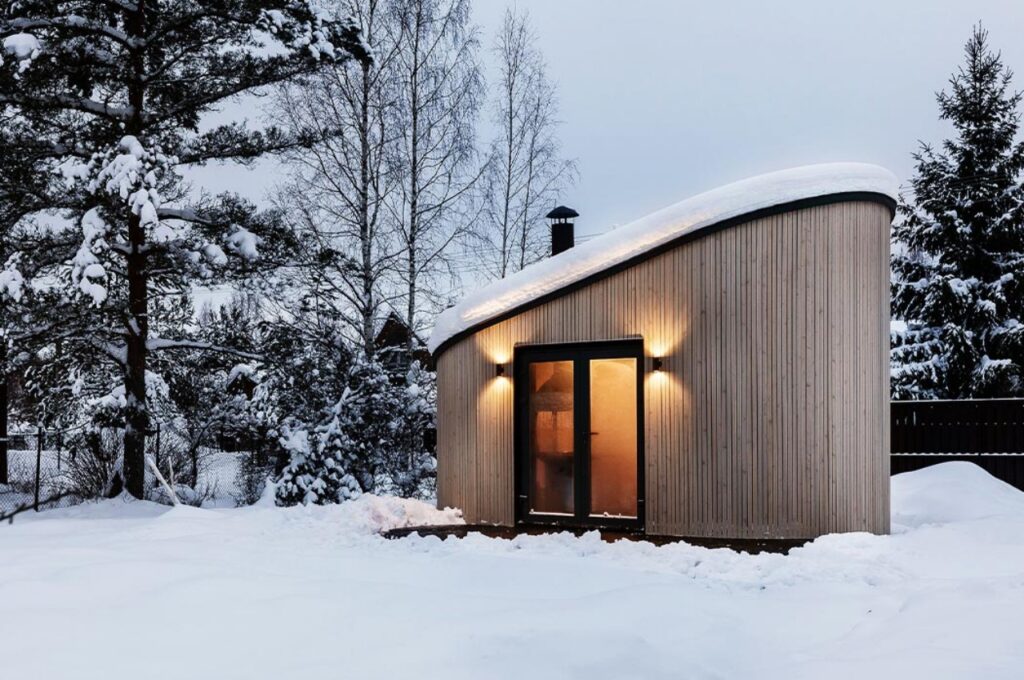
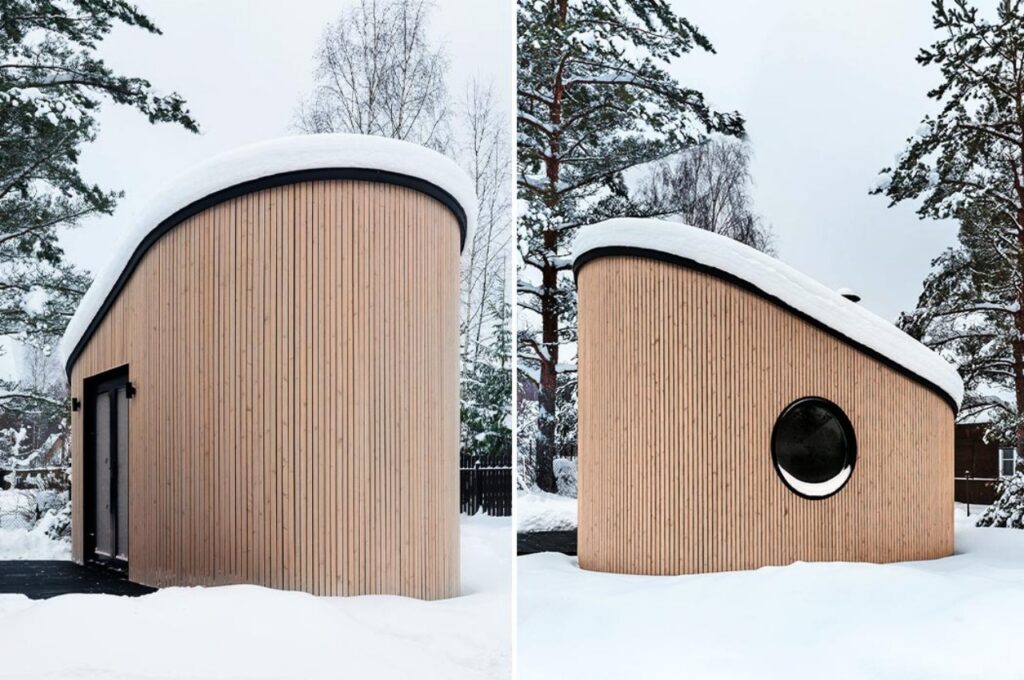
Designer: SA Lab
9. Use Energy-Efficient Appliances
Investing in energy-efficient appliances that save cost and energy and do not compromise on it might be a costly investment compared to traditional appliances. Still, it will recover the cost over a lifetime. Check for an ENERGY STAR label on the appliance to choose energy star appliances for the home. It saves costs and energy and keeps the performance intact. Energy-efficient appliances include energy-efficient heating and cooling systems that reduce greenhouse gas emissions. Look for appliances with 4 to 5 stars; the higher the rating, the less energy it will consume. Unplug all your electronic gadgets; do not keep them on standby mode. This will prevent the gadgets from consuming power when not in use. Instead of clothes dryers, consider air-drying the clothes to improve energy costs and savings drastically.
10. Switch to LED lights
Replace traditional incandescent lights with LED lights or light-emitting diodes that provide good illumination. The biggest advantage of LED lights is that they use less energy, emit less heat, have a large lifespan, and do not have to be replaced frequently.


Designer: Regalsolace Interiors
11. Invest in a Smart Thermostat
As heating systems consume a lot of energy, installing a smart programmable thermostat is advisable to monitor the temperature, control the heating and cooling and minimize energy waste. The HVAC system will work only when the thermostat reaches a specific temperature and can be easily controlled via a smartphone.
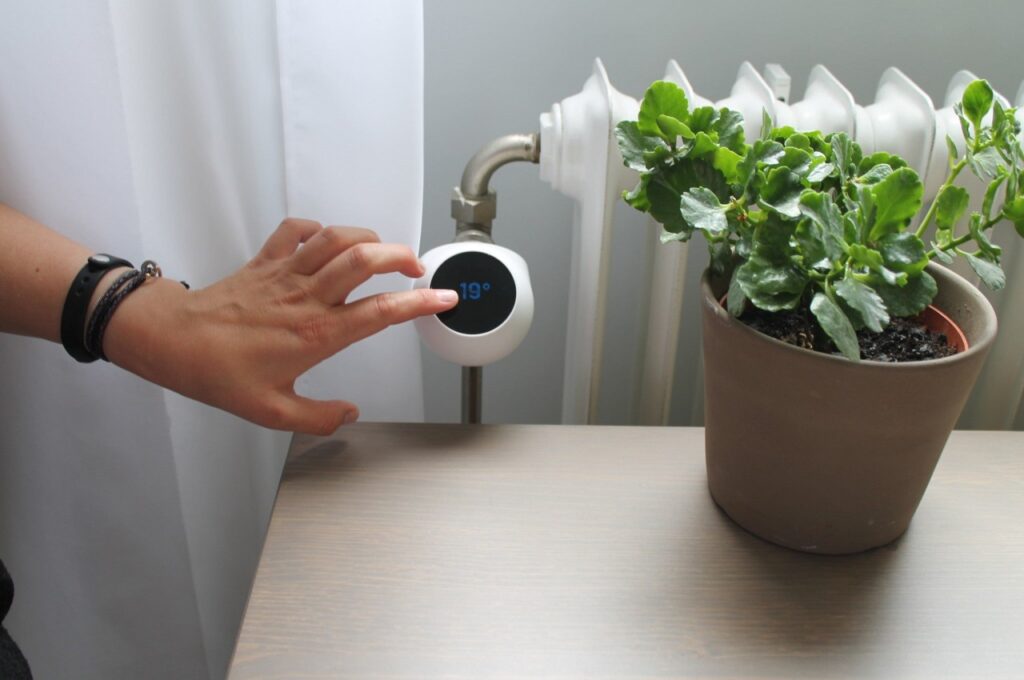
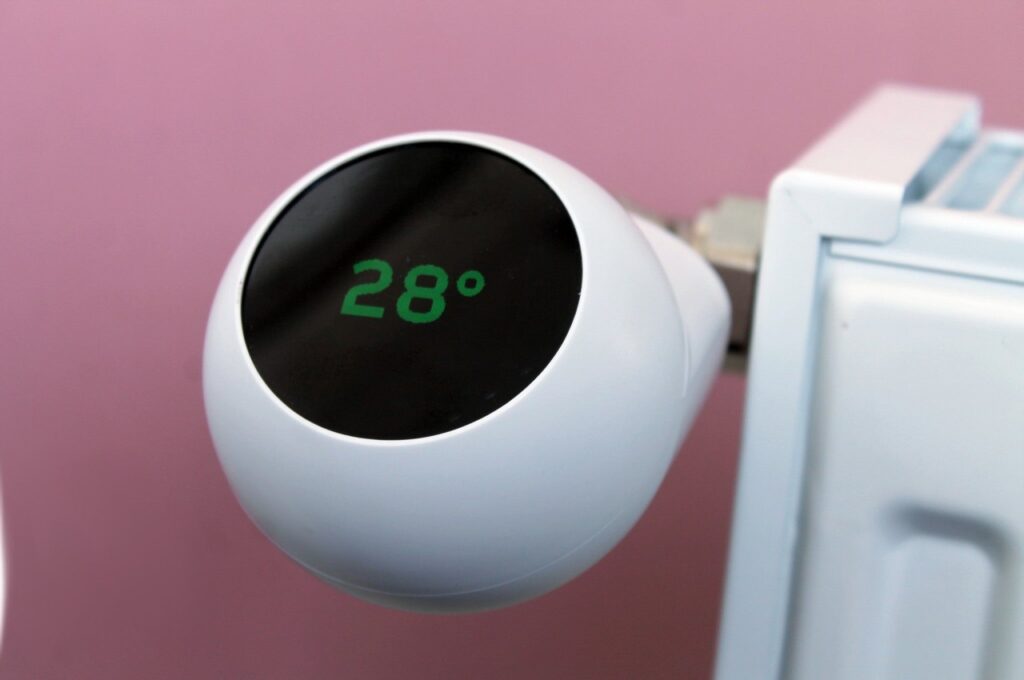
Designer: eCozy
12. Low-flow Water Fixture
Introduce efficient low-flow water fixtures in the bathroom and kitchen to control water usage. Install a dual flush for the W.C. to ensure restricted water use, as it is a great way to conserve water and reduce the house’s water consumption. If there is any leakage in the external and internal pipelines, it should be rectified immediately.
13. Introduce Houseplants
Houseplants have air-purifying properties and are one of the easiest ways to improve indoor air and eliminate toxins and other indoor air pollutants. Plants not only replace carbon dioxide with oxygen through the process of photosynthesis but also absorb indoor air pollutants like formaldehyde, benzene, toluene, xylene, and formaldehyde that are emitted as VOCs from various household products and chemical cleaners.
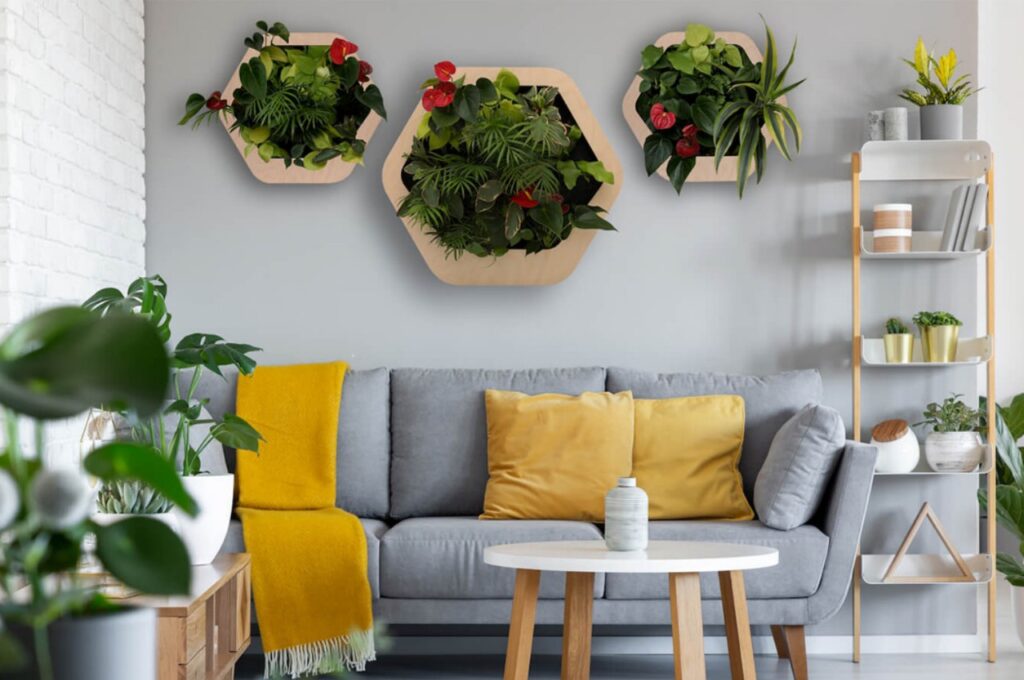
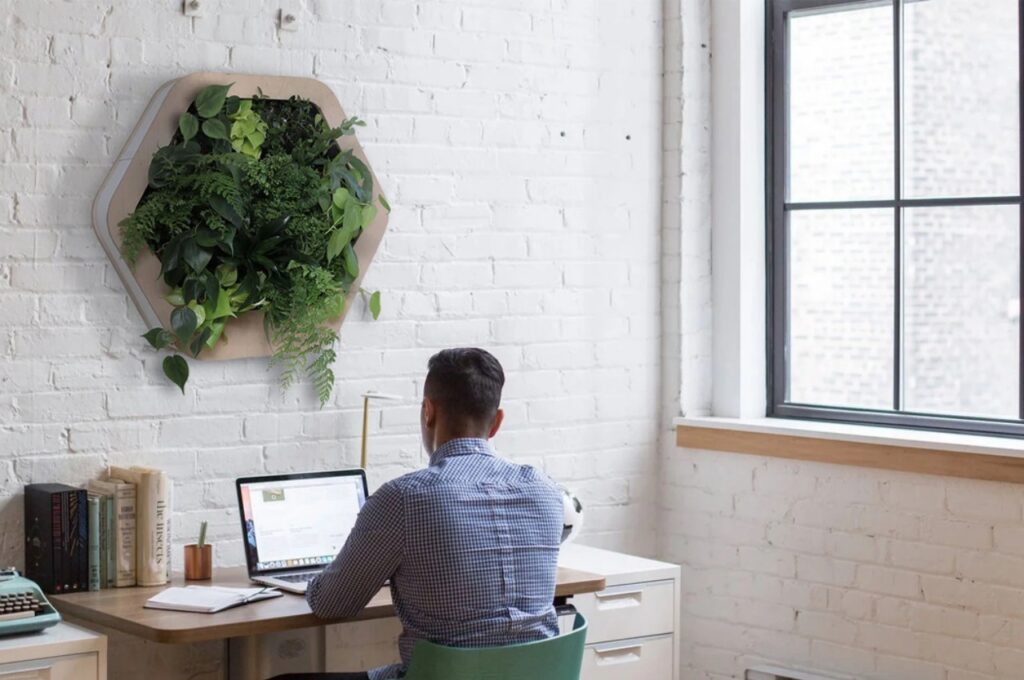
Designer: Habitat Horticulture
14. Go for Non-toxic Cleaning Products
Replace hazardous cleaning products that emit harmful VOCs with natural cleaning products composed of essential oils and not comprised of chemicals like ammonia or chlorine. Additionally, toxic chemicals can enter the earth’s ecosystem and harm the environment. Steam cleaners are a great way to disinfect and clean bacteria. Some of the best products that can be used for cleaning include baking soda, vinegar, hydrogen peroxide, and lime juice are cost-effective ingredients that are perfect for preparing cleaning fluids for the home.
15. Use Organic Paints
Choose organic paints and water-based paints for your walls that do not emit toxic gasses indoors. These paints are odorless, lead- and chemical-free paints with low levels of VOCs (volatile organic compounds).
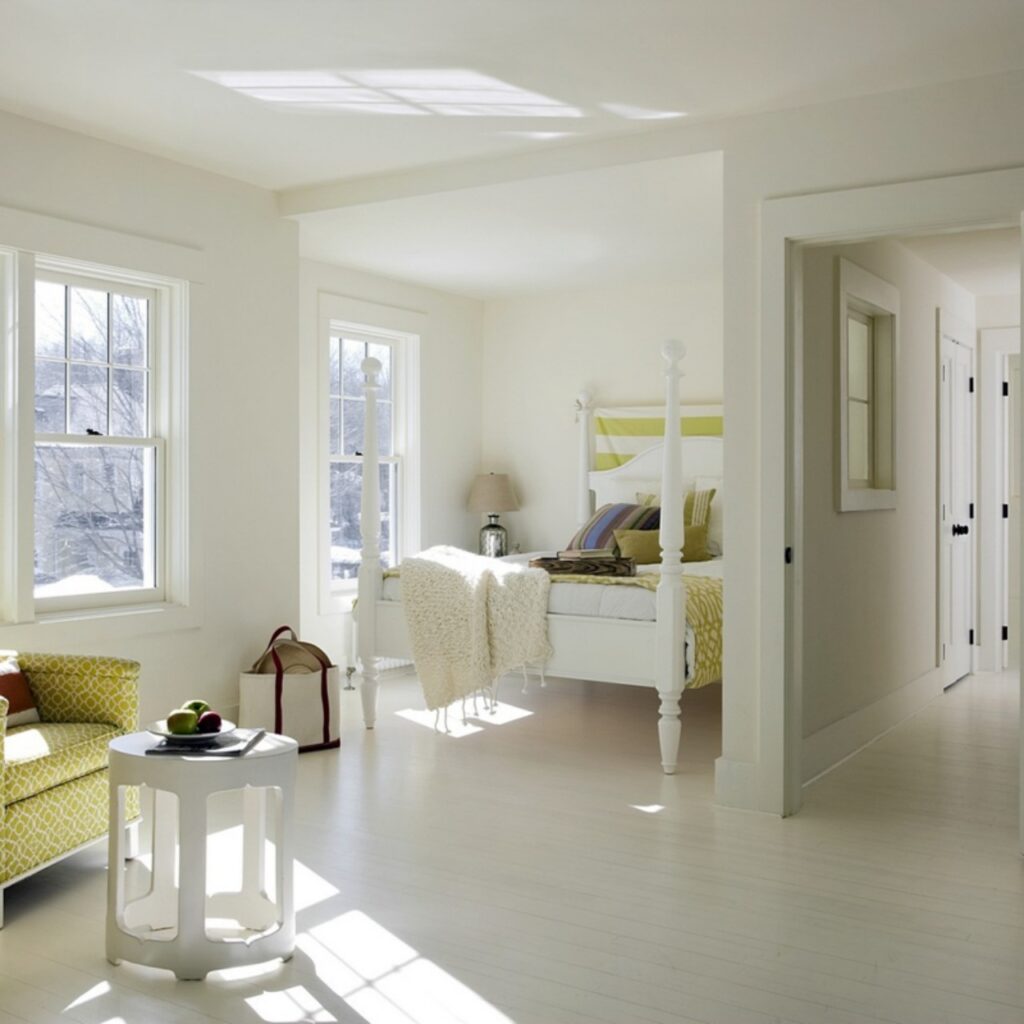

Designer: ECOS Paints
16. Reusable Bags
As plastic pollution is a significant concern, one of our daily habits is eliminating plastic bags as it hurts the environment. Opt for reusable bags to reduce the consumption of plastic.
Source: Yanko Design


 Ελληνικά
Ελληνικά
One thought on “16 ways to design an eco-friendly home and lifestyle”